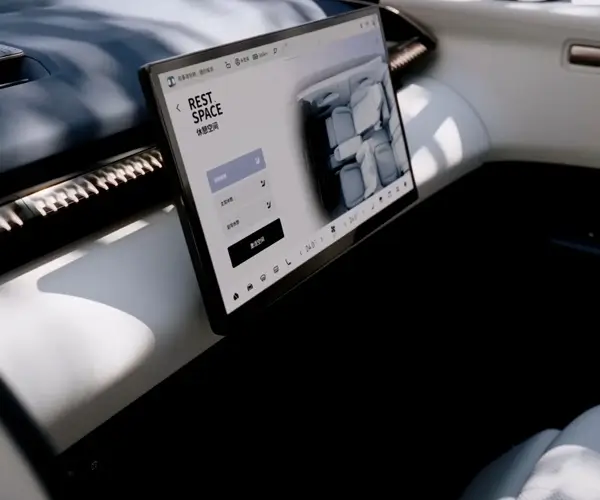In the realm of modern engineering and electronic projects, size often matters—yet, it’s no longer a barrier to power or versatility. Enter the DC gear motor N20—a tiny titan that packs a punch in a minuscule package. Whether you’re a seasoned engineer designing sophisticated automation systems or a hobbyist working on DIY gadgets, this small motor could be your new best friend.

The N20 designation references both the size and design standards of these miniature gear motors. Usually measuring about 12 millimeters in diameter, these motors are celebrated for their compactness and efficiency. Despite their size, their capabilities are impressive, handling a range of voltages and loads that suit numerous applications. From robotics and precision instrumentation to small household appliances, the N20 motors are everywhere.
What makes the N20 such an attractive component? It’s a blend of simplicity and adaptability. The core of the motor’s operation relies on basic direct current (DC) power, which is readily available in most electronic projects. This straightforward power source simplifies design and reduces costs, making it a favorite among makers and professionals alike.
More importantly, the gear system integrated into the N20 significantly enhances its functionality. By employing a gear reduction mechanism, the motor’s rotational speed is decreased, while torque is increased—perfect for applications needing precise control and strength without sacrificing the compact form factor. This gear train, often made of metal or durable plastic, can be customized in terms of gear ratios to meet specific needs.
For example, a typical N20 gear motor might operate at about 6V to 12V, delivering torque suitable for small robots, conveyor belts, or camera lens adjustments. Its speed can range from around a few hundred to a few thousand revolutions per minute (RPM), depending on the gear ratio used. This flexibility unlocks a broad spectrum of potential projects.
Another compelling aspect is the ease of integration. These motors are designed with user-friendly features—standard connectors, simple mounting options, and compatibility with various electronic controllers. Whether you're connecting through a direct power source or via a microcontroller such as Arduino, the N20 gear motor delivers quick and reliable performance.
Furthermore, the affordability of these motors makes experimentation and innovation accessible. Hobbyists can afford to test multiple configurations, prototypes can be refined without breaking the bank, and educational institutions can incorporate these motors into curriculums to teach fundamentals of mechanics, electronics, and automation.
Beyond individual projects, the N20 gear motor is pivotal in the burgeoning field of automation and small robotics. Its compact size allows for the creation of miniature robots capable of complex tasks—like navigating tight spaces, precise manipulations, or engaging in delicate operations. Imagine tiny robotic arms or drones, all powered by the unassuming yet mighty N20 gear motor.
As technology advances, so does the potential of these motors. Innovations in gear design, materials, and control electronics continue to expand the horizons. For hobbyists and engineers alike, mastering the use of DC gear motors N20 can open doors to something truly exciting—bringing ideas to life in ways that are both affordable and innovative.
In the next section, we’ll dive deeper into the specific types of N20 gear motors available, their technical specifications, and ideas for incorporating them into your own projects. Whether you’re aiming for precision control or high torque, the world of N20 gear motors has something that fits your needs perfectly.
Established in 2005, Kpower has been dedicated to a professional compact motion unit manufacturer, headquartered in Dongguan, Guangdong Province, China.




































